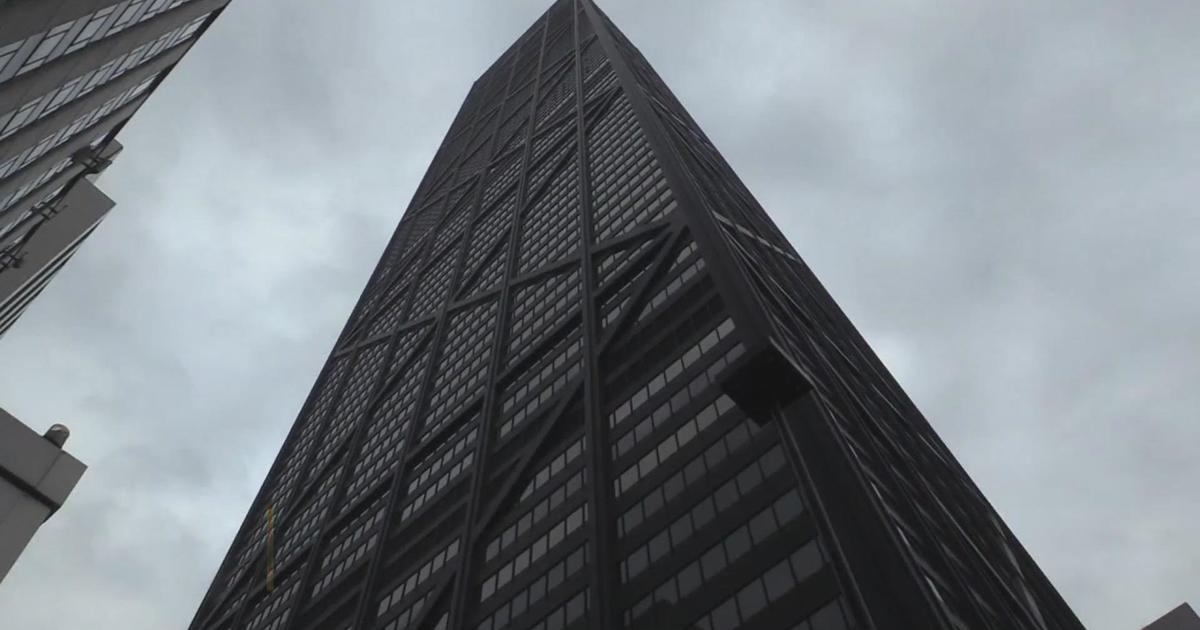Illinois, Like Nation, More Diverse, Urban In Last Decade
CHICAGO (AP) — Illinois grew more diverse, multiracial and urban over the past decade, just like the nation overall, according to data released Thursday from the 2020 census.
The data will have big implications as Democrats — who control the once-in-a-decade redistricting process in Illinois — use it to redraw congressional boundaries ahead of the 2022 election.
Illinois is one of three states to lose population between 2010 and 2020, falling from 12,830,632 people to 12,812,508, and will lose a House seat when the new district maps are drawn. Democrats will look to eliminate a district currently held by a Republican in central or southern Illinois, where population loss occurred, and make some districts in the northern part of the state friendlier to Democratic candidates.
Here's a look at some of the Census Bureau findings:
___
INCREASING DIVERSITY
Illinois' non-Hispanic white population fell 14.3% between 2010 and 2020, mirroring a national decrease, though white people remain the most prevalant racial or ethnic group in the state and the U.S.
Overall, 58.3% of Illinois' population is white alone, 13.9% is Black alone, 18.2% is Hispanic or Latino and 5.8% is Asian. The percent of residents who are two or more races and those who are white in combination with another race both roughly tripled.
___
BIGGEST LOSS
The county with the largest population loss in the U.S. was in the far southern tip of Illinois, where Alexander County lost over one-third of its residents over the past decade.
Anchored by Cairo, Illinois, which borders Kentucky and Missouri where the Mississippi and Ohio rivers meet, the rural county has been losing residents for decades. The Department of Housing and Urban Development's 2017 closing of dilapidated public housing complexes further fueled the loss, forcing some 200 families to relocate.
The county lost 36.4% of its population between 2010 and 2020, dropping from 8,238 people to 5,240, according to the census.
___
URBAN GROWTH
Illinois saw modest population growth in metro areas like Chicago and its suburbs, the communities east of St. Louis and the Champaign-Urbana area. Rural areas saw population losses.
Nationwide, the population of metro areas grew by 9% from 2010 to 2020. That meant 86% of the U.S. population was living in metro areas in 2020.
But not all metro areas are growing. The Danville, Illinois, area was among 72 metro areas that lost population between the 2010 and 2020 census. The area just west of the Illinois/Indiana border saw the third-largest percentage decline of those 72, losing 12.5% of its population, according to the Census Bureau.
Kendall County, located about 50 miles southwest of Chicago and home to communities including Oswego and Yorkville, was Illinois' fastest-growing county, growing nearly 15%.
___
CHICAGO HOLDS AT THIRD
Chicago remains the nation's third-largest city, with 2,746,388 residents — an increase of 1.9% over the past decade. That's a reversal of the previous decade, when the city saw a nearly 7% decline in population. The number of Black, non-Hispanic residents fell by 9.71%, or a loss of 84,735 people, while the number and proportion of Hispanic residents grew.
The city's population in 2020 was 31.4% white, non-Hispanic, 29.8% Hispanic and 28.7% Black, down from 32.4% in 2010. Another nearly 7% is Asian.
The two largest U.S. cities remain New York and Los Angeles. Fast-growing Houston, which grew by almost 10% over the past decade, is closing in on Chicago with 2,304,580 residents.
(© Copyright 2021 The Associated Press. All Rights Reserved. This material may not be published, broadcast, rewritten or redistributed.)



